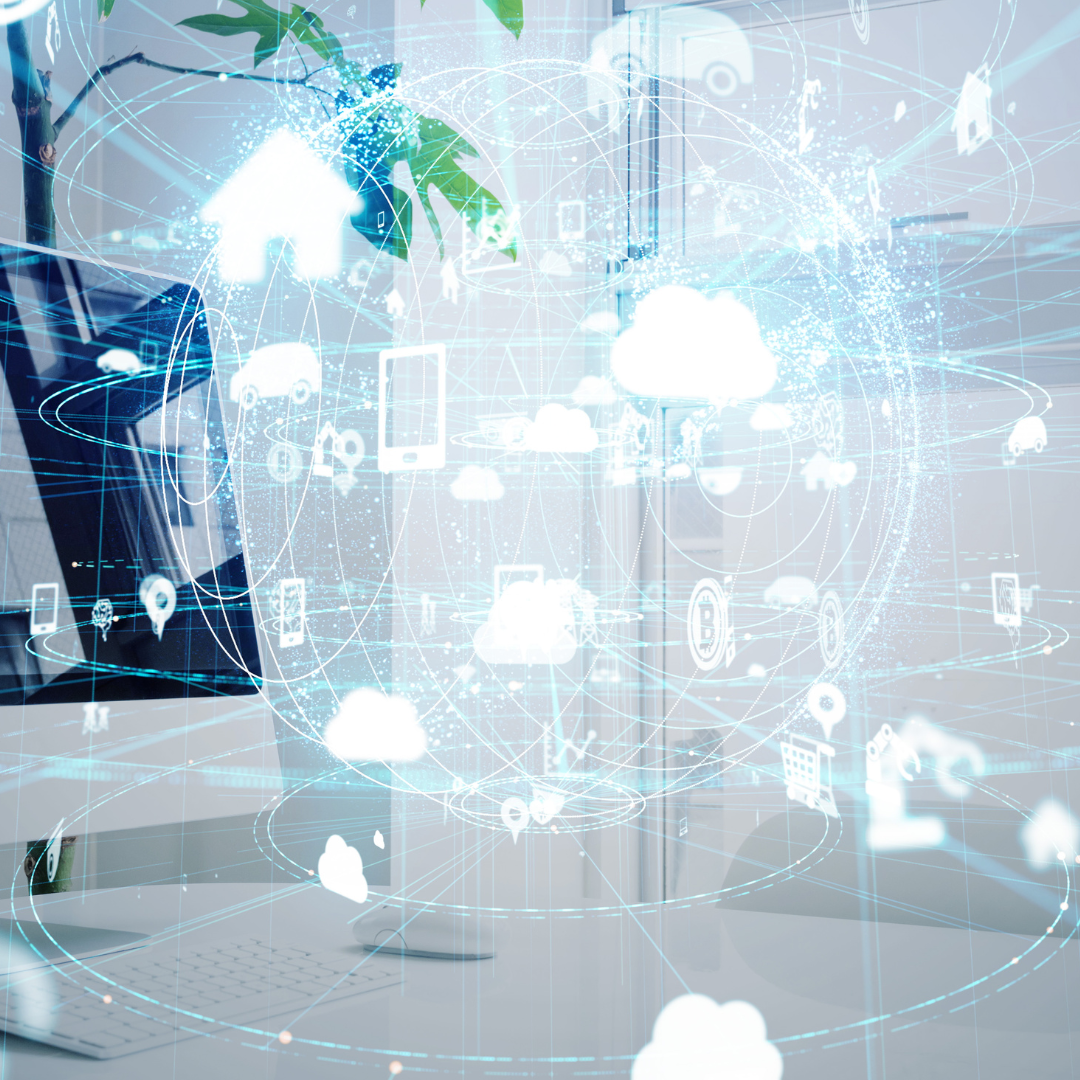How to Leverage AI in IoT Applications? A Detailed Overview


Artificial Intelligence and the Internet of Things are the two most impactful technologies in today’s IT landscape. The main strength of AI lies in analysing data and providing companies with insights based on machine learning. IoT, for its part, is known for creating diverse networks of devices that connect to the Internet and can be paired with each other. A technological blend of AI and IoT enables developers to take full advantage of smart decision-making, thereby multiplying the efficiency of the IoT devices and networks.
How can artificial intelligence be applied to optimise IoT networks? One instance is predictive maintenance, which allows businesses to save on repairs significantly. In addition, AI is frequently implemented to regulate energy consumption. This technology helps companies decrease their carbon footprint and energy bills accordingly.
This post provides an overview of the most efficient combinations of technologies that truly level up your company’s operations. We will also consider real examples of different industries applying AI and the Internet of Things to give you insights on how to adapt technologies to individual business needs. Without further ado, let us start by outlining the most prominent AI technologies applied to IoT.
The powerful combination of Artificial Intelligence and IoT enables companies to gain a competitive advantage through optimising data preprocessing and data collection stages. Here is how AI technologies complement the Internet of Things:
| Data Collection and preprocessing. IoT networks generate huge amounts of data from multiple devices: cameras, GPS, sensors, and RFID. Hence, data is often times incomplete, redundant or noisy, which is why the preprocessing stage is needed. During the preprocessing stage, the AI algorithms allow normalisation, aggregation, and encoding of data to be performed. |
| Edge computing and cloud computing. Edge computing enables developers to bring power closer to sensors and devices. As a result, the system acquires decreased latency and optimised bandwidth usage. Among the benefits of cloud computing are higher scalability and centralised data management. So, the eventual choice depends on your business’s needs. |
| Real-time data analytics. For the IoT environment, where prompt decision-making is a must, real-time data analytics is indispensable. The process involves threefold work: gathering, processing, and analysing data to offer immediate insights based on that. |
| Data security and privacy considerations. AI significantly enhances the security of the Internet of Things by performing real-time threat prevention and regular threat detection. In addition, artificial intelligence strengthens the system by robust threat analytics. |
| The first step involves defining the area where AI implementation can benefit your business the most. It can be, for instance, predictive maintenance, anomaly detection or obtaining a more personalised user experience. |
| It is critical to attain a balanced combination of the AI model’s complexity and scalability opportunities. You have to decide which type of computing would be a perfect fit for your project: edge computing (if real-time analysis is your priority) or cloud computing (if accessibility of the information anytime is a must). |
| To deal with interoperability challenges, turn to solutions that support multiple protocols. To prevent data overload, utilise edge Artificial Intelligence to filter and preprocess your data, which will be analysed closer to the source. |
| Lastly, ensure the effectiveness of your solution by performing multiple phases of testing. For instance, perform simulation testing that mimics real-world problems and pilot testing concentrating on assessing the performance of AI models. Continuous updates and monitoring are no less crucial. |
As for future trends of AI, the Internet of Things and Machine Learning, one of the most visible emerging AI technologies is federated learning, which allows the training models in a decentralised format, thereby enhancing the privacy of the system. Self-supervised learning that utilises unlabelled data for model training is also booming and is predicted to be highly influential in the future.
Among the significant ethical questions are data privacy and bias in Artificial Intelligence. To minimise the latter, businesses focus on addressing bias in the training data stage. Another important technological highlight is handling many devices with your scalable system. The solutions should use different devices for seamless communication via standardised protocols. Lastly, the impactful 5G technology is predicted to flourish over the next years as it helps obtain lower latency and faster data transfer.